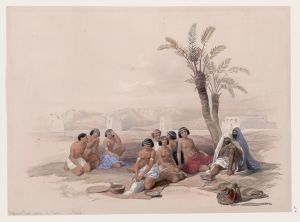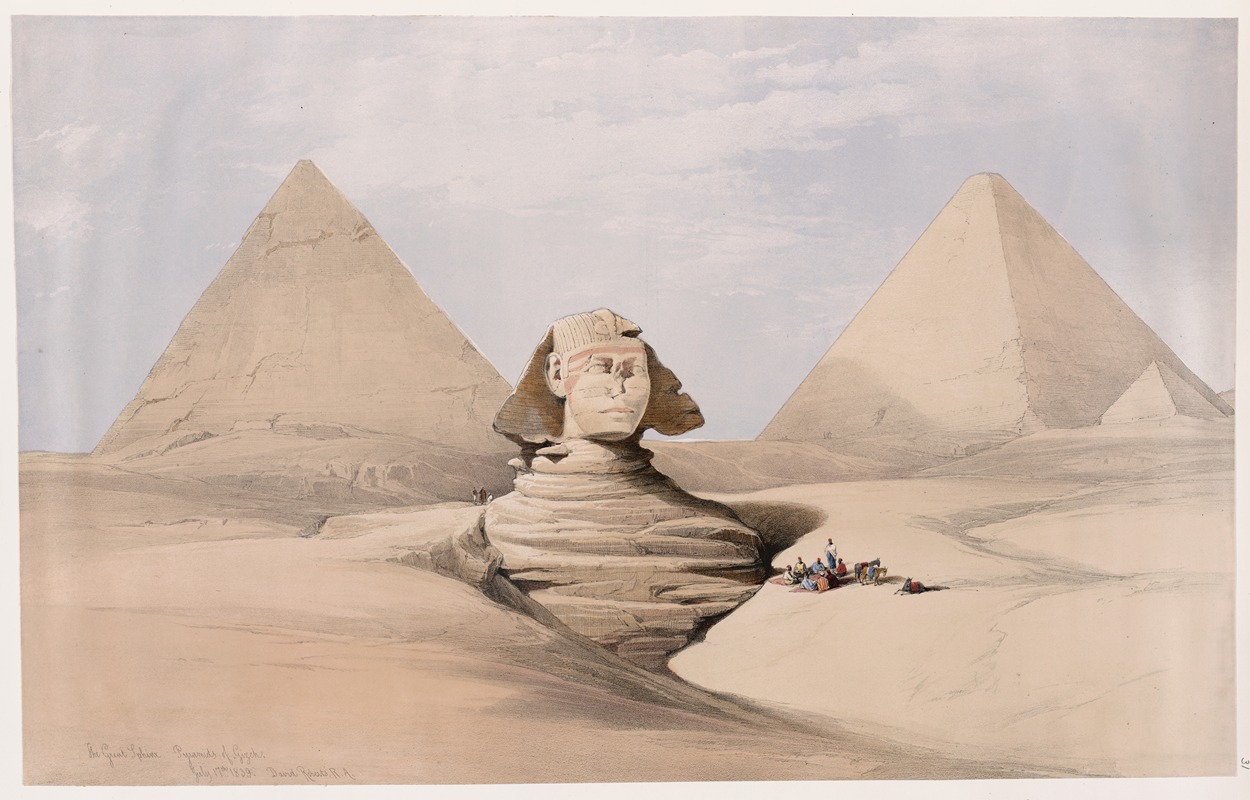
The Great Sphinx, Pyramids of Gizeh [Giza]. July 17th, 1839.
A hand-painted replica of David Roberts’s masterpiece The Great Sphinx, Pyramids of Gizeh [Giza]. July 17th, 1839., meticulously crafted by professional artists to capture the true essence of the original. Each piece is created with museum-quality canvas and rare mineral pigments, carefully painted by experienced artists with delicate brushstrokes and rich, layered colors to perfectly recreate the texture of the original artwork. Unlike machine-printed reproductions, this hand-painted version brings the painting to life, infused with the artist’s emotions and skill in every stroke. Whether for personal collection or home decoration, it instantly elevates the artistic atmosphere of any space.
David Roberts' artwork "The Great Sphinx, Pyramids of Gizeh [Giza]. July 17th, 1839" is a notable piece created during his travels in Egypt. David Roberts (1796–1864) was a Scottish painter renowned for his detailed and accurate depictions of architectural and historical landmarks, particularly in the Middle East and North Africa. His works are celebrated for their artistic quality and their role in documenting significant sites during the 19th century.
This specific painting captures the Great Sphinx of Giza and the nearby pyramids, some of the most iconic monuments of ancient Egypt. The Great Sphinx, believed to date back to the reign of Pharaoh Khafre (circa 2558–2532 BCE), is a limestone statue with the body of a lion and the head of a human, symbolizing strength and wisdom. The pyramids, including the Great Pyramid of Giza, are among the Seven Wonders of the Ancient World and were constructed as monumental tombs for pharaohs during the Old Kingdom period of Egypt.
Roberts visited Egypt as part of an extensive journey through the Middle East between 1838 and 1839. His travels were meticulously documented through sketches and paintings, which he later developed into lithographs. These lithographs were published in a series titled "The Holy Land, Syria, Idumea, Arabia, Egypt, and Nubia," which gained widespread acclaim and contributed significantly to Western understanding and appreciation of Middle Eastern and North African heritage.
"The Great Sphinx, Pyramids of Gizeh [Giza]. July 17th, 1839" reflects Roberts' commitment to accuracy and detail. The painting provides a glimpse of the Sphinx and pyramids as they appeared in the 19th century, before modern restoration efforts. It also captures the surrounding landscape, offering insight into the environment of the Giza Plateau at that time. Roberts' work is characterized by its dramatic use of light and shadow, which enhances the grandeur of the ancient structures.
This painting, like many of Roberts' works, played a significant role in shaping European perceptions of Egypt and its ancient history. His depictions were among the first widely accessible visual representations of these landmarks, contributing to the growing fascination with Egyptology during the 19th century. Today, Roberts' works are valued not only for their artistic merit but also for their historical importance as records of these sites before significant modern changes.





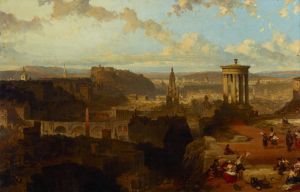
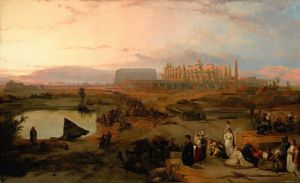
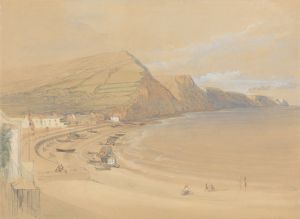
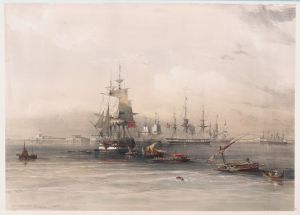
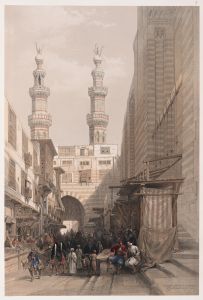
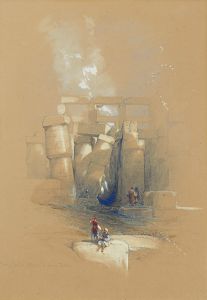
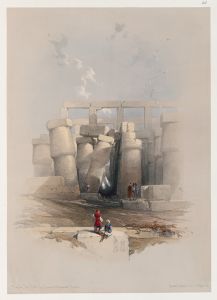
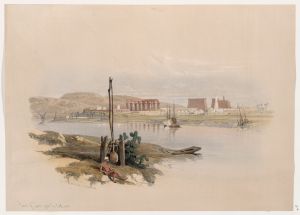
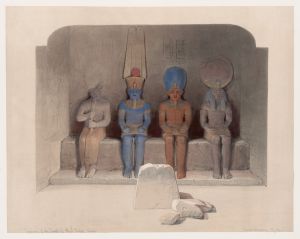
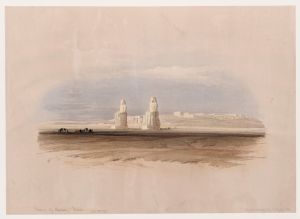
![Temple of Isis on the roof of the great temple of Dendera [Dandara].](/imgs/217547/s/david-roberts-temple-of-isis-on-the-roof-of-the-great-temple-of-dendera-dandara-fd95528e.jpg)
![Tombs of the Memlooks [Mamelukes], Cairo](/imgs/217569/s/david-roberts-tombs-of-the-memlooks-mamelukes-cairo-a3263294.jpg)
![Wady Dabod [Wadi Dabod], Nubia. Nov. 16th, 1838.](/imgs/217574/s/david-roberts-wady-dabod-wadi-dabod-nubia-nov-16th-1838-f16a99ed.jpg)
